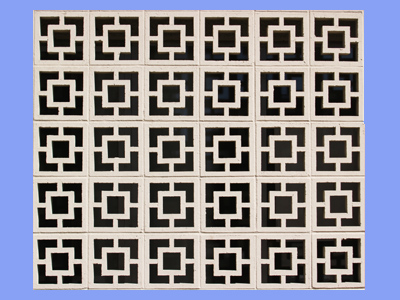
Year 2 Calculation - Multiplication and Division By 5
This quiz addresses the requirements of the National Curriculum KS1 Maths and Numeracy for children aged 6 and 7 in year 2. Specifically this quiz is aimed at the section dealing with multiplication and division by 5.
Counting in 5s follows on closely from counting up and down in steps of 2. It is usually practised regularly, in order for the skill to be fluent, and children are also taught to recognise that multiples of five end in 5 or 0. Once the five times table is familiar, children will learn how to use the multiplication facts to solve division questions. For example, if they know that 2 times 5 = 10, then they may also recognise that 10 divided by 5 = 2 or 10 divided by 2 = 5.
Ready for more?
not all...
quizzers. Try to win a coveted spot on our Hall of Fame Page.







